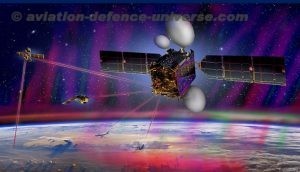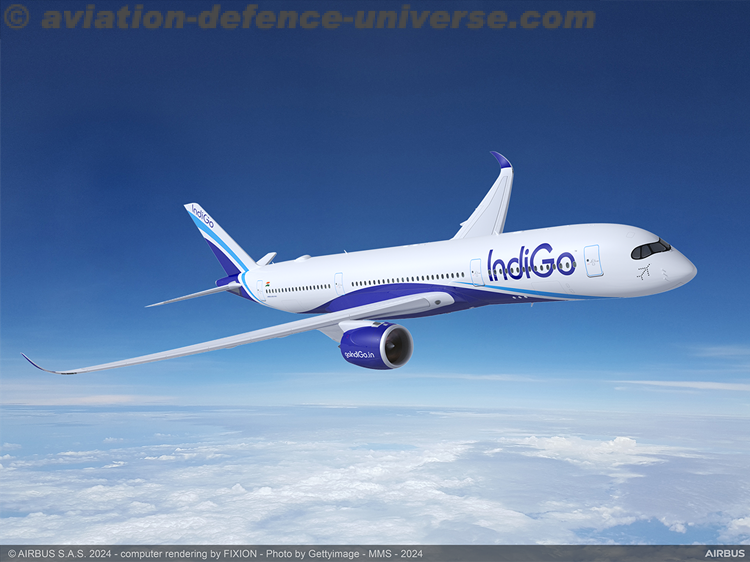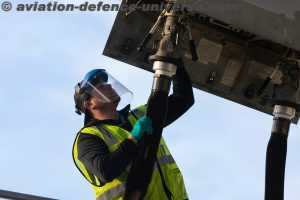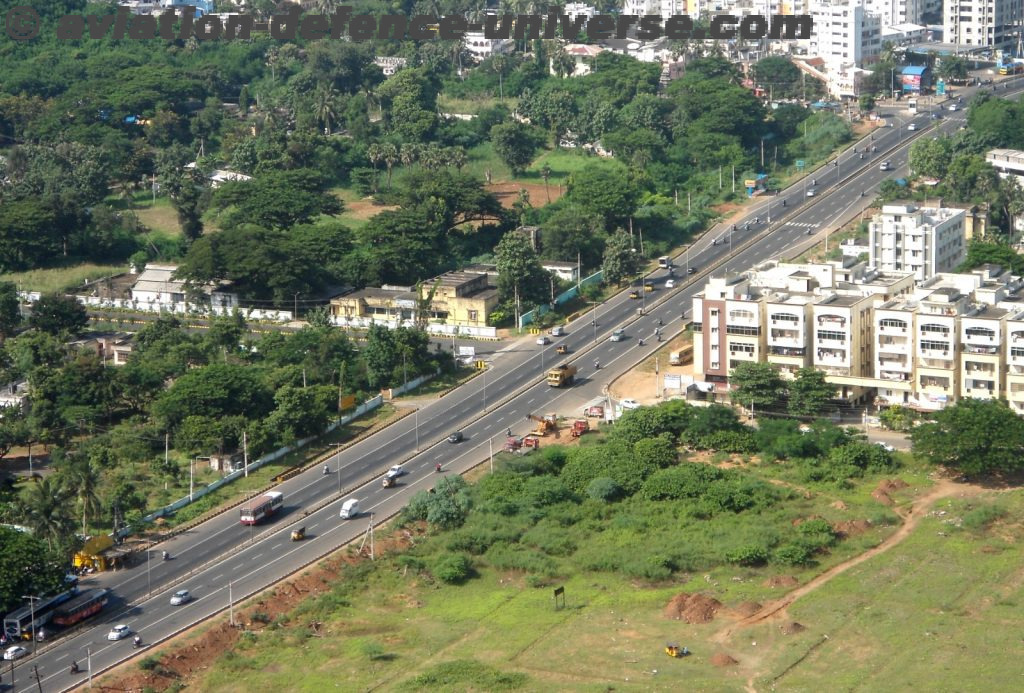
13 August 2019. Ariane 5 rocket has successfully launched EDRS-C, the second SpaceDataHighway network satellite into geostationary orbit at 31° East by an Ariane 5 rocket from Kourou, French Guiana. The second European data relay system satellite will double transmission capacity of the system in order to serve two observation satellites simultaneously and deliver unnecessary back-up for the SpaceDataHighway. The SpaceDataHighway is laser technology based optical fibre network in the sky.
“The SpaceDataHighway makes our data connections more secure, more stable, more reliable, with more bandwidth and in near real time. The launch of our second satellite is just the start, laser communication will be a revolution for many industries,” commented Evert Dudok, Head of Communications, Intelligence & Security of Airbus Defence and Space Division.
EDRS-C is joining EDRS-A that transmits on a day-to-day basis the pictures of Earth clicked by the Copernicus programme’s four Sentinel observation satellites. It has achieved more than 20,000 laser connections since 2016, the reliability rate has reached 99.5%, and these successful connections have downloaded more than 1 petabyte of data. Full operations including EDRS-C are expected by the end of 2019, when its inter-satellite link and end-to-end service will be examined and installed with the Sentinel satellites.
SpaceDataHighwat is a unique network of geostationary satellites permanently fixed over a network of ground stations that can transmit data at a rate of 1.8 Gbit/s. It will be a key component of the Airbus Network for the Sky (NFTS) programme. NFTS unites satellite and ground communications, air-to-ground, ground-to-air and air-to-air tactical links, 5G mobile communications and laser connections – in a resilient, unified, secure, highly interoperable, mesh network for aircraft, UAVs and helicopters.
EDRS satellites can connect to low-orbiting observation satellites at a distance up to 45000 km, intelligence UAVs or mission aircraft via laser. A third SpaceDataHighway satellite, EDRS-D is to be placed over the Asia-Pacific region by around 2024. EDRS-D will be Equipped with three laser terminals that will significantly increase the system’s communication capacity and extend its coverage.
The Pleiades Neo Earth observation satellites will start to use the SpaceDataHighway from 2021, the system will also provide a fully European broadband communication service to the Columbus module of the International Space Station (ISS) by the end of this year.



























































































































